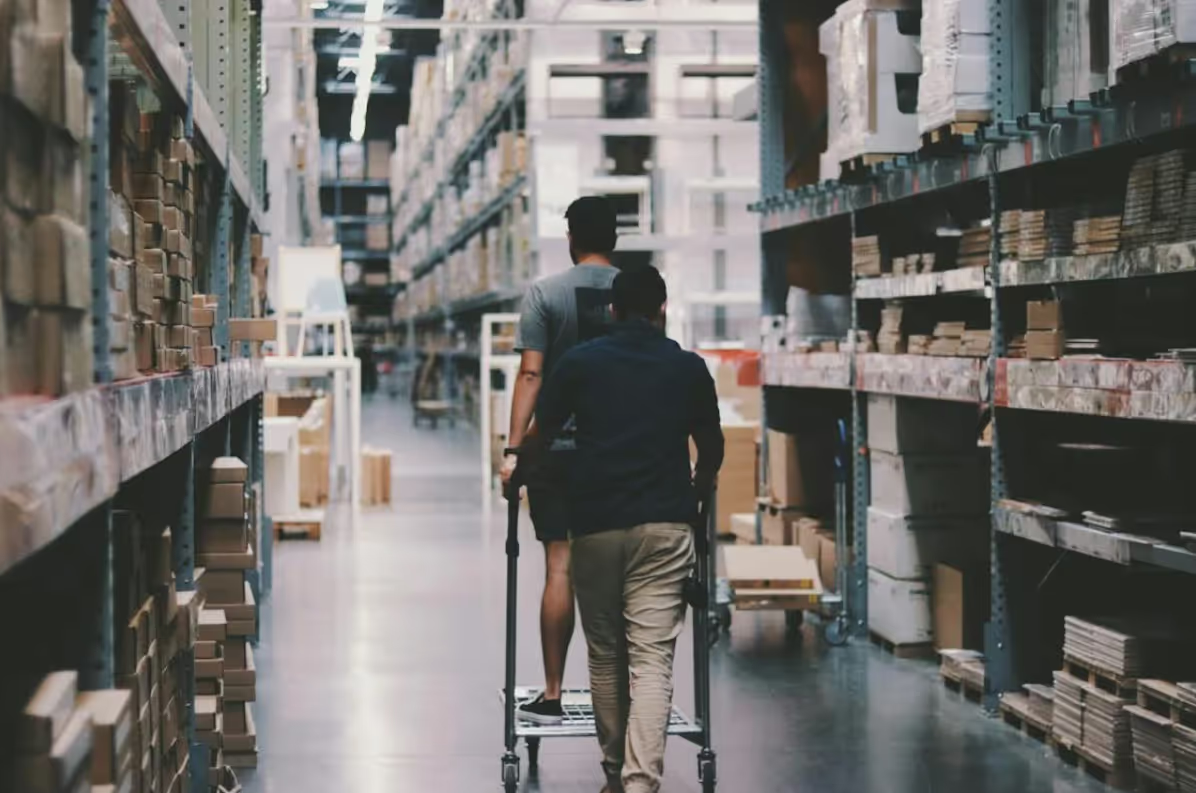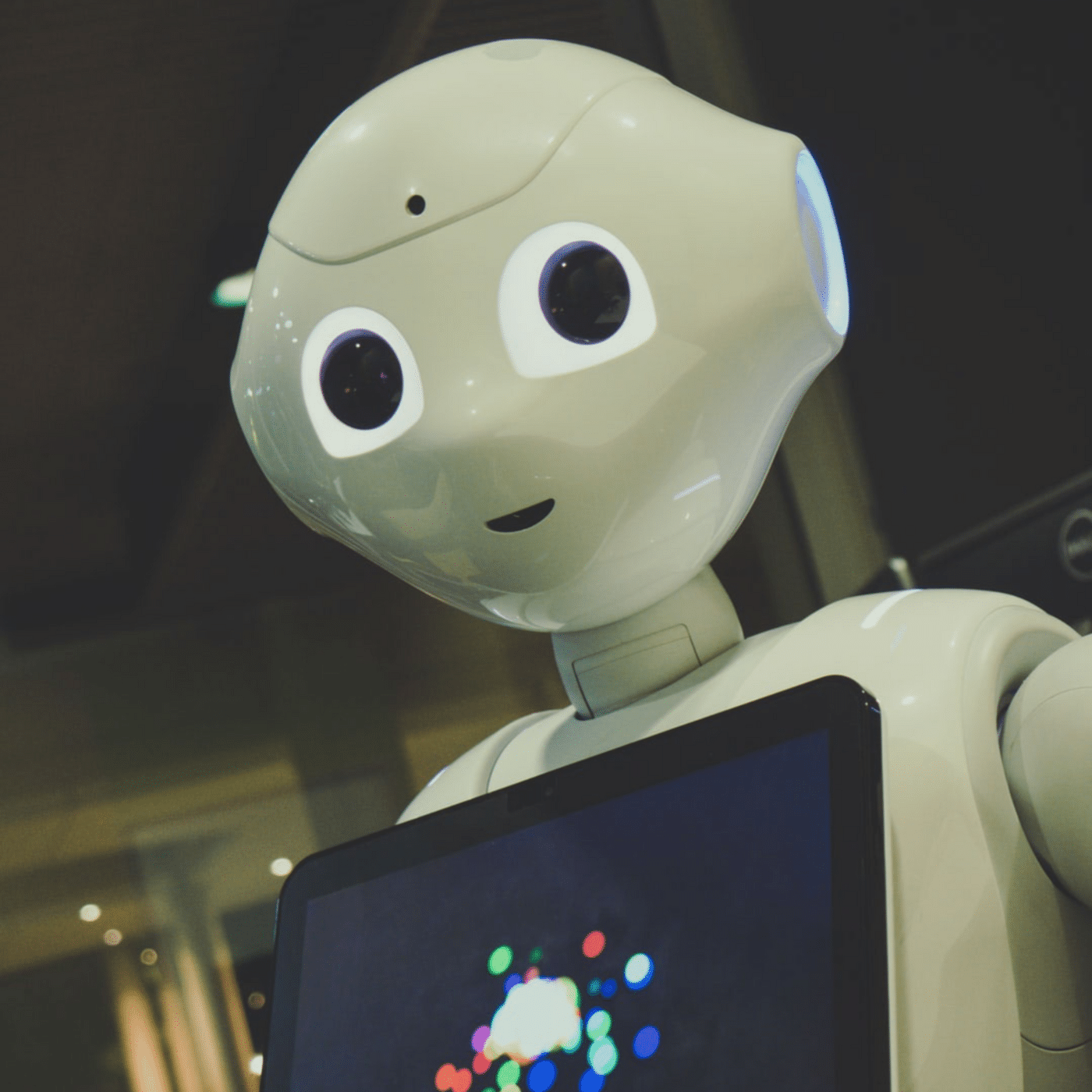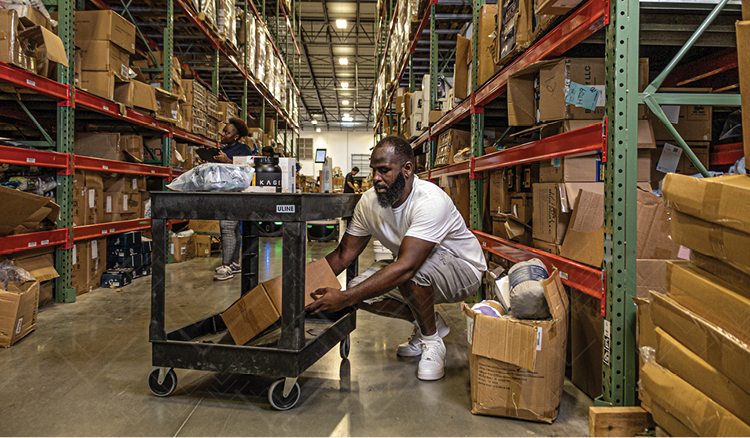Automation Partnership
Even though automation has come a long way, its deployment on the shop floor must be executed within the framework of the entire production process. As The Goal (1) highlighted in 1984, automation is not always the right answer since the installation of those robots resulted in: 1) no increase to sales throughput, 2) no reduction in the workforce, and 3) a steady increase in inventories. This certainly highlights a worst case automation installation.
Robots certainly have a place in both the manufacturing and distribution industries. However, when planning installation, the automation constraints need to be fully understood to capture all the deployment benefits. A successful deployment must understand the consequences of installing a piece of equipment that is typically limited to one location with a limited range of motion and work scope. This means that the automation is neither as flexible as a person nor as capable of handling variation as one.
The right partnership

In the manufacturing and distribution sectors, automation certainly has a role since these businesses cannot find enough people to staff their operations, and automation is finding its way to completing tasks that people find dull and monotonous. Deployment examples of automation include palletizing product, transporting goods across the shop floor, or monitoring environmental conditions.
The right type of partnership between people and automation is when the automation relieves a person of a task to free them up to tackle value-add activities that serve the customer. This industry trend is echoed by Johannes Trabert of Metralabs, "You need to make the best use of [your] people, and this is not carrying goods through the production facility; it is to involve them in production itself and the creation of value, checking quality and keeping everything running."
Adding value for customers
At a minimum, a business must meet customer expectations and better yet - delight the customer with timely service and anticipation of their needs. To do this while deploying automation, a business must balance asset utilization and labor utilization as we discussed in a previous blog post on digital manufacturing and labor. To succeed in putting together a successful workforce plan, the starting point is to ensure the business has the flexibility to scale up and down with demand and be vigilant that automation utilization is not driving production but rather sales is.
At Veryable, we're here to help with a scalable, operational labor marketplace and assist with bringing labor and automation together to improve your business.
1 - The Goal by Eliyahu Goldratt, North River Press, published 1984
Previous Posts
How Policy Constraints, Not Just Production Bottlenecks, Threaten Your Bottom Line
The Future of Manufacturing and Logistics
Create a free business profile today to explore our platform.






